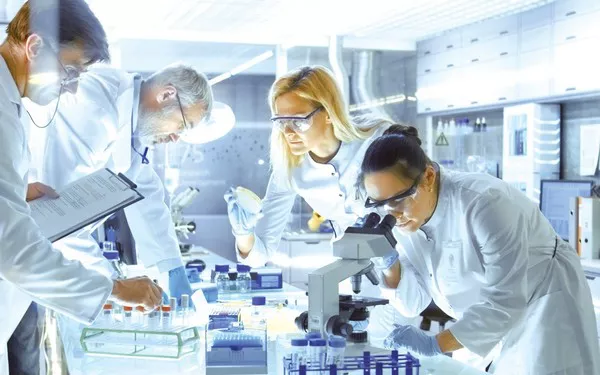A meal featuring fish, natto, a lettuce-tomato-and-carrot salad, milk, and a shiny red apple once symbolized optimal health. However, Josei Seven (May 9-16) suggests that these seemingly nutritious choices are now nutritionally deficient.
Once considered health foods, these items have lost their value due to evolving agriculture, depleted soil, shifting consumer preferences, and environmental degradation. Modern meals, though visually appealing and satisfying, may lack essential nutrients, potentially leading to diseases that degrade quality of life.
Josei Seven’s report raises a critical question: if the Japanese diet is so nutritionally poor, why does Japan maintain one of the highest life expectancies in the world?
Health is invaluable. While wealth and success are desirable, they mean little without good health, which transforms even adversity into opportunity. This optimistic view fuels a booming health market filled with products and services ranging from genuine to fraudulent. Japan has experienced numerous health fads, from banana and apple booms to more recent trends like natto, fermented tea, and one-meal-a-day diets. Some fads, due to their extremes, might do more harm than good.
Data from the Ministry of Education, Culture, Sports, Science and Technology highlight this issue. Comparing nutrient levels in food from 1950 to 2020 reveals significant declines. For instance, spinach’s vitamin C content dropped from 160 mg per 100 grams to less than 40 mg. Similarly, soybean sprouts fell from 35 mg to 1 mg, hakusai cabbage from 40 mg to 20 mg, and tomatoes from 20 mg to 10 mg. Iron content has similarly diminished: spinach fell from 13 mg to 2 mg, carrots from 2 mg to nearly 0, soybean sprouts from 3 mg to nearly 0, and tomatoes from 5 mg to almost 0. This suggests that despite adequate food intake, nutritional deficiency is widespread.
Take the example of the modern apple, likely sourced from Aomori or Nagano. Contemporary apples differ greatly from those of the past, now grown in nutrient-poor soils and bred for appearance over nutritional value. This trend towards visually appealing but nutritionally inferior produce extends across agriculture. The dilemma is clear: do we prefer plentiful yet second-rate food or scarce but superior produce?
Health fads, despite occasional benefits, often promote imbalance. A diet dominated by a single type of food, like bananas or natto, is unlikely to meet all nutritional needs. Moreover, what benefits one aspect of health might harm another if consumed excessively. For instance, while drinking two liters of water a day aids in cleansing, it can also thin the blood. Milk supports bone health but may contain harmful residues from artificial chemicals and hormones. Although fish oil is healthier than meat oil, some fish contain toxic arsenic. Switching to meat instead? It burdens the stomach and kidneys if overconsumed.
Sugar, vilified by health-conscious individuals, is essential for brain energy. Josei Seven’s reporting may leave readers exasperated, tempted to disregard health advice altogether. While dietary decisions vary by individual, one thing is clear: today’s health guidance will likely be scrutinized by future generations. Our long-term survival suggests a remarkable resilience, fostering a belief that humanity will continue to adapt and thrive despite nutritional challenges.


